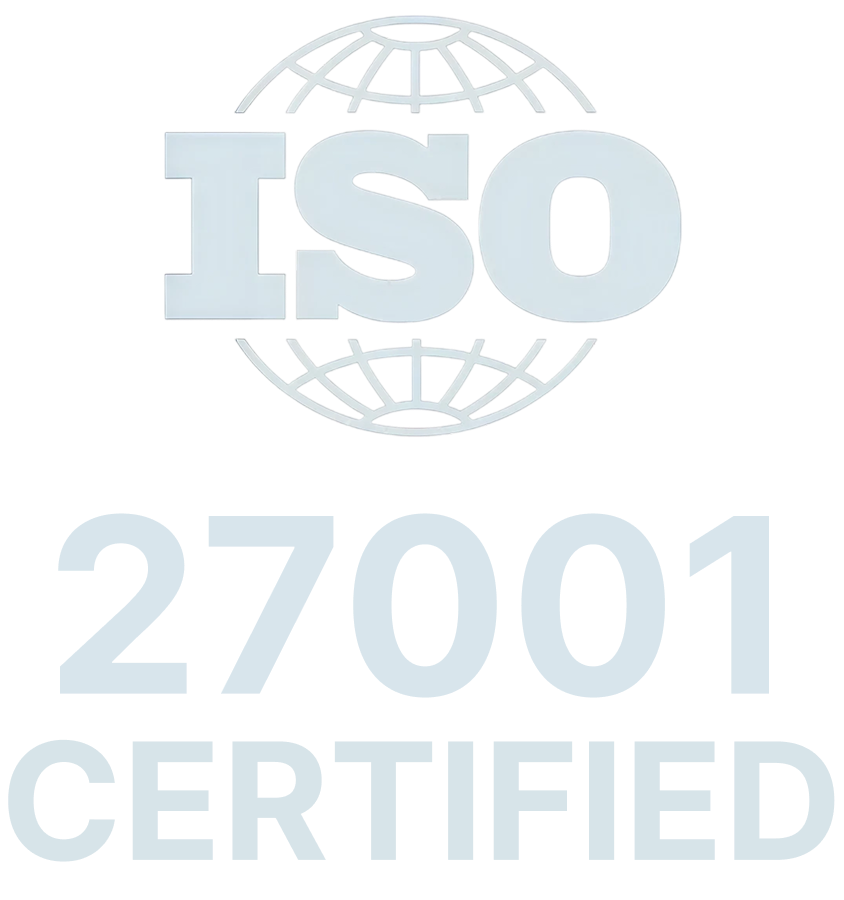Cost estimation is a critical process in the planning and execution of projects. It serves to determine the anticipated costs for the implementation of a project or an investment. An accurate cost estimate allows for the assessment of the financial framework and profitability of a venture, thereby enabling informed decisions to be made.
Objective of Cost Estimation
The main objective of cost estimation is to provide a realistic assessment of the costs for a project or investment. This enables the financial framework of a venture to be outlined and an informed decision to be made regarding the execution and profitability of the project. Moreover, an accurate cost estimation helps to minimize risks and uncertainties and to increase the efficiency of resource utilization.
Methods of Cost Estimation
There are various methods of cost estimation, which differ in their level of detail, accuracy, and scope of application. The main methods are:
- Expert estimation: In this method, experts from the relevant field are consulted to estimate costs based on their experience and expertise.
- Analogous estimation: Here, the cost estimation for a new project is based on cost comparisons with similar, already completed projects.
- Parametric estimation: This method uses statistical models and metrics to estimate costs based on defined parameters.
- Bottom-up estimation: This method is based on the detailed estimation of costs for individual work packages, which are then summed to form the total project costs.
- Top-down estimation: Here, the total project costs are estimated by assessing the costs for higher levels of the project structure and distributing them to the individual work packages.
Accuracy and Uncertainties in Cost Estimation
The accuracy of a cost estimate depends on various factors, such as the availability of information, the experience of the estimator, and the complexity of the project. In general, the more detailed and comprehensive the data basis, the more accurate the cost estimation. However, uncertainties and risks in cost estimation are inevitable since they are based on assumptions, forecasts, and estimates.
To reduce uncertainties in cost estimation, various measures can be taken, such as using multiple estimation methods, adjusting estimates over the course of the project, or including risk allowances and reserves in the budget.
Risk Management in Cost Estimation
Since cost estimation is always associated with uncertainties and risks, risk management plays an important role in project planning and budgeting. Risk management includes the identification, analysis, evaluation, and control of risks that could affect the costs of the project. It also involves developing strategies for risk mitigation and incorporating risk allowances or reserves into the budget.
Conclusion
Cost estimation is a central component of project planning and investment decision-making. Through realistic and accurate estimation of costs, financial frameworks can be established, risks can be minimized, and the profitability of a project can be evaluated. Depending on the requirements and complexity of the project, various estimation methods can be used, with the accuracy of the cost estimation depending on the availability of information and the experience of the estimator. Since uncertainties in cost estimation are inevitable, risk management measures should be integrated into the planning and budgeting process.














